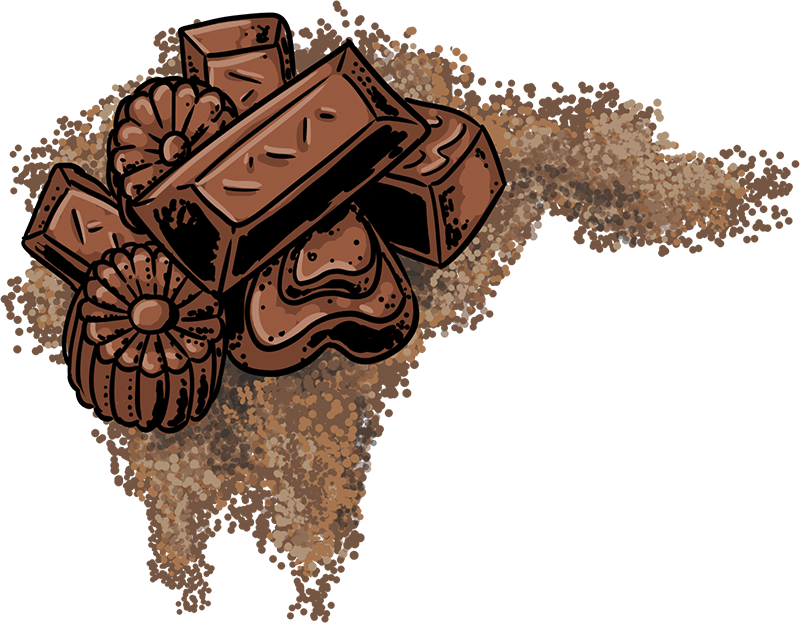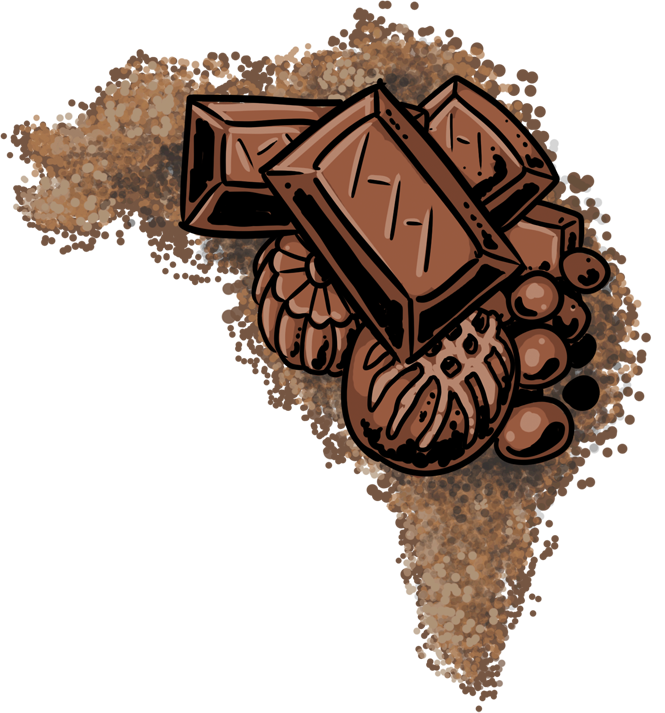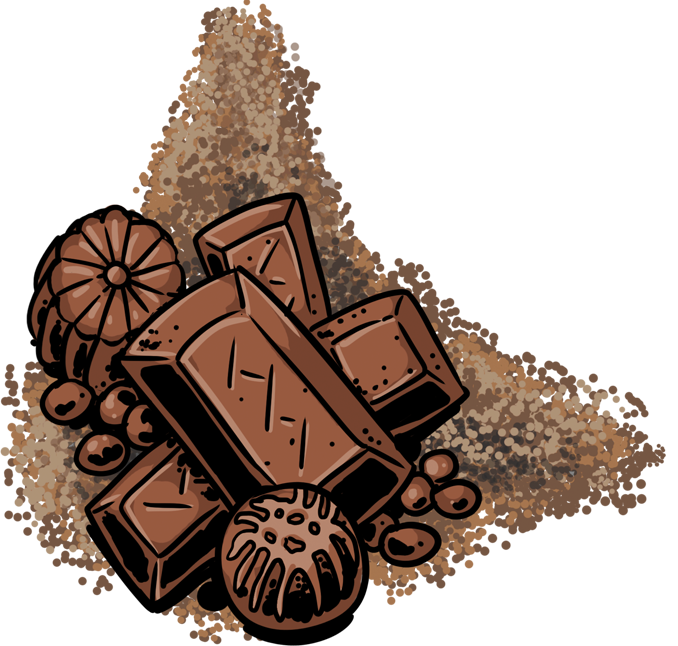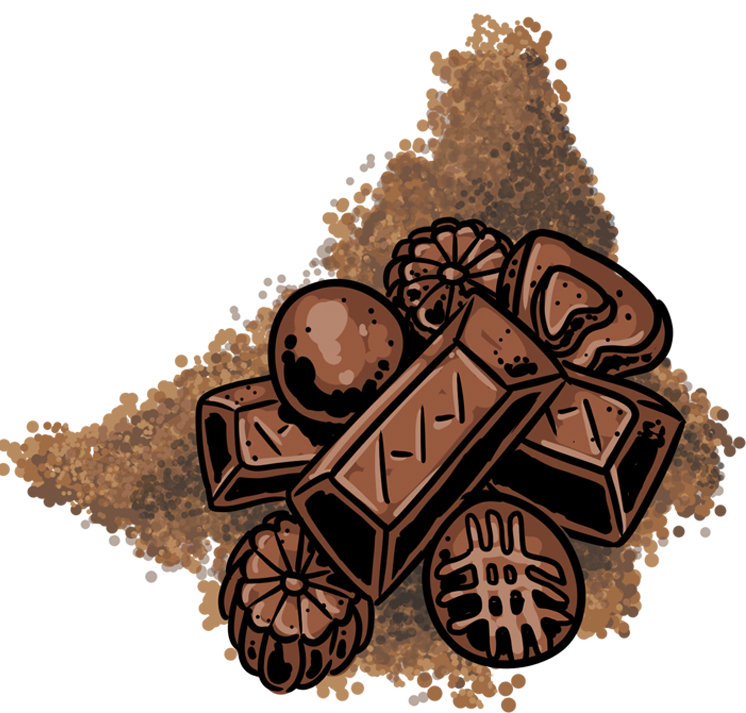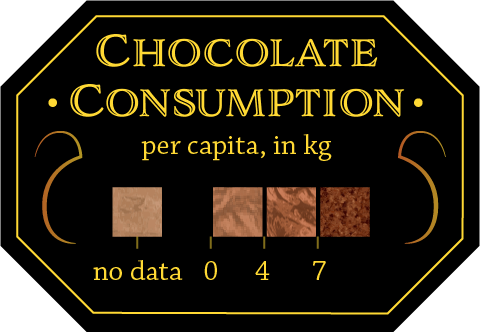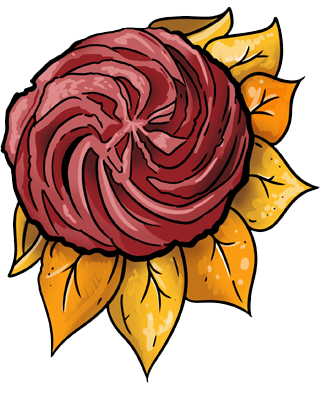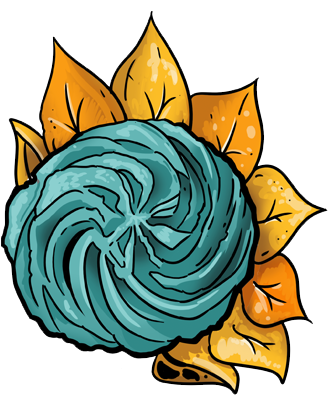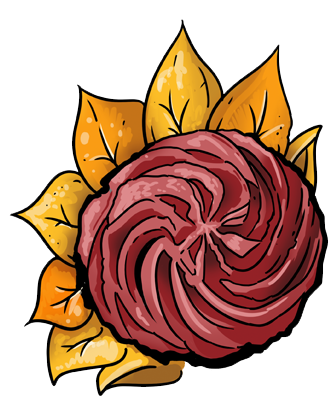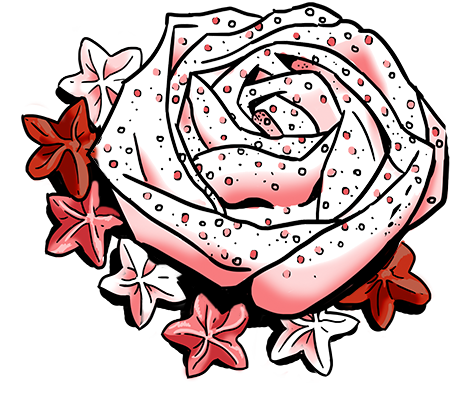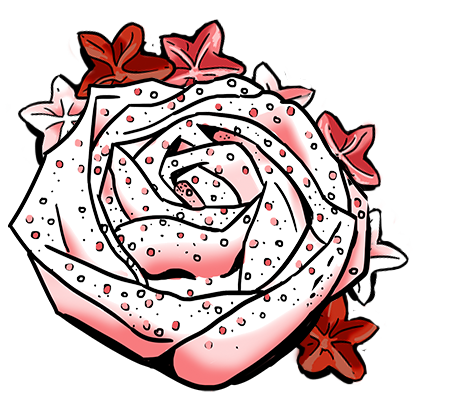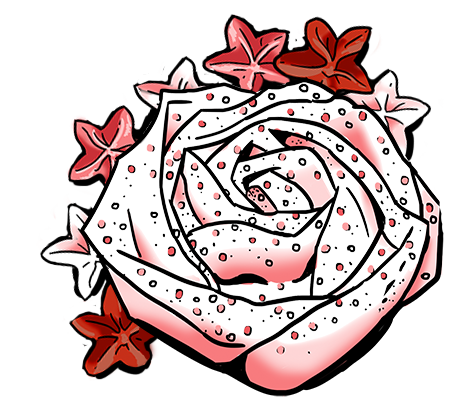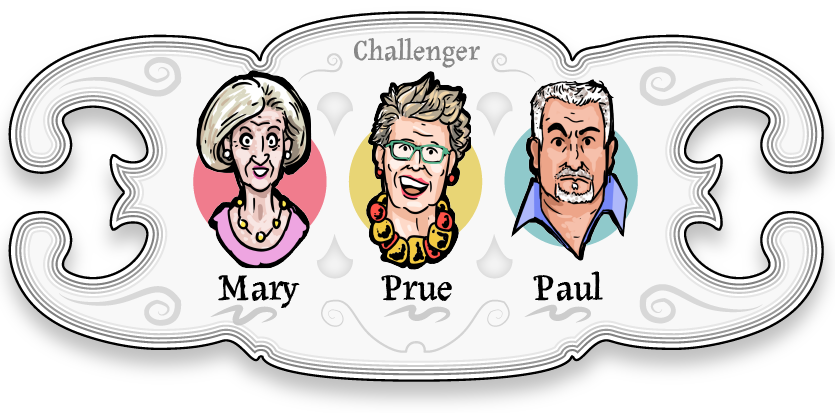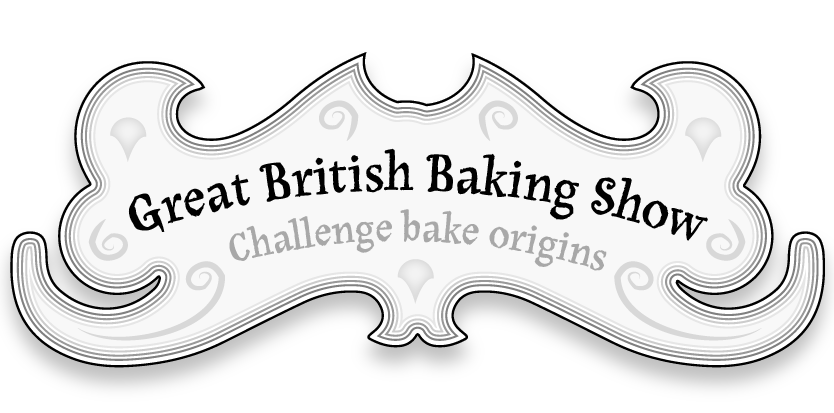Cake Maps!

Four years ago, a triumvirate of frivolous cartographers came up with an idea that challenged the norms of both baking and cartography in a series of maps that became a shibboleth, simply described in an excited exclamation: “CAKE MAP!”
This barbaric yawp united us in a shared delusion; a dream of a better world where the land was textured cake. Coastlines of frosting, sweets dressing the edges of the world, sprinkles doing whatever the hell they want.
This dream became mired, not just from technical issues, but the realities of our non-pastry lives. Yet the dream persisted in casual discussions on how a renderer could support that many embedded textures or whether scanning cake would work. (It does!)
The silver lining that we’ve found this year has been extra time for baking, watching the Great British Baking Show, and doing mapping challenges to keep our wits and fill our homes with those good aromas.
So friends, welcome to this episode of:
The Great Cartographer’s Culinary Mapping Show!
1.
The chemistry of chocolate reminds bakers that this well-loved ingredient is to be feared and respected. Tempering has been known to bring people to tears, the process of controlled crystallization of chocolate is difficult and requires a precision that we take for granted while watching baking shows, biting our nails in anxious glee hoping a chocolate sculpture doesn’t melt or collapse.
The story of a fermented seed from Mexico, now mostly produced in West Africa, sent to Europe and North America for its final blending stages, and then sent globally packaged as chocolate chips, bars, cocoa powder is the story of globalization. An ingredient cultivated by the Olmec people in Mesoamerica, now available in every corner store.
 Hover for Companion tunes
Hover for Companion tunes

